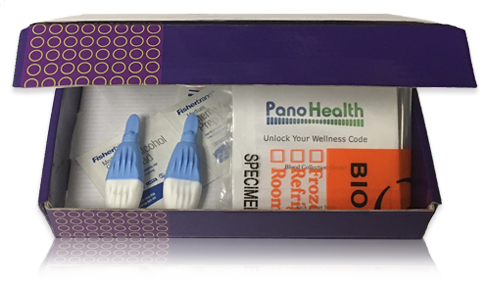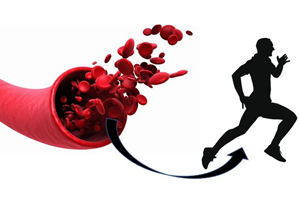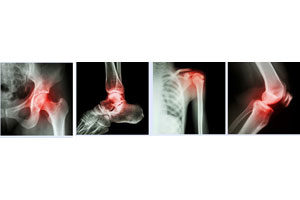Description
Use 20 protein biomarkers to monitor patterns of inflammation which can ensure the positive benefits repair of muscle damage, development of stronger muscle fibers, and resistance to future muscle damage are realized and that the occurrence and negative effects of chronic inflammation are reduced.
Track Inflammation: When you exercise, your body initiates the process of inflammation; attracting immune cells to the site of injury and promoting tissue repair. After exercise, a short-term inflammatory response is followed by a long-term anti-inflammatory response. This promotes repair of muscle damage, development of stronger muscle fibers, and resistance to future muscle damage. However, a pattern of chronic inflammation can be a warning – and an indication that muscle repair isn’t occurring properly which can result in decreased performance and increased risk of injury. Protein biomarker monitoring can help identify this pattern and monitor any corrective measures implemented to reduce the occurrence and negative effects of chronic inflammation.
20 Biomarkers Measured:
- COMP (Thrombospondin-5)
Increased levels in response to acute exercise
Reference - CRP (C-Reactive Protein)
Increased levels in response to acute exercise; decrease in baseline levels with long-term training (>6 wks)
Reference 1 | Reference 2 - D-Dimer
Increased levels in response to prolonged strenuous exercise
Reference 1 | Reference 2 - E-Selectin
Increased levels in response to prolonged strenuous exercise
Reference - Growth Hormone
Increased levels in response to acute exercise
Reference - ICAM-1 (CD54)
Increased levels in response to prolonged strenuous exercise
Reference - IFN-gamma
Unchanged levels in response to acute exercise; increased levels in response to regular moderate exercise
Reference 1 | Reference 2 - IL-1 Ra (IL-1 F3)
Increased levels in response to acute exercise
Reference 1 | Reference 2 - IL-10
Increased levels in response to acute exercise
Reference 1 | Reference 2 - IL-12 p70
Increased levels in response to acute exercise
Reference 1 | Reference 2 - IL-17A
Moderately increased levels in response to acute exercise
Reference 1 | Reference 2 - IL-18
Decreased levels in response to acute exercise; decreased levels in response to regular exercise
Reference 1 | Reference 2 - IL-1 alpha (IL-1 F1)
Acutely Increased levels in response to exercise
Reference 1 | Reference 2 - IL-1 beta (IL-1 F2)
Increased levels in response to acute exercise
Reference 1 | Reference 2 - IL-2
Decreased levels in response to endurance exercise
Reference - IL-4
Increased levels in response to moderate acute exercise; decreased levels in response to intense exercise
Reference 1 | Reference 2 - IL-6
Increased levels in response to acute exercise
Reference 1 | Reference 2 | Reference 3 - TNF RII (TNFRSF1B)
Increased levels in response to acute exercise
Reference 1 | Reference 2 - TNF alpha
Increased levels in response to acute exercise
Reference - MCP-1 (CCL2)
Increased levels in response to acute exercise
Reference 1 | Reference 2







